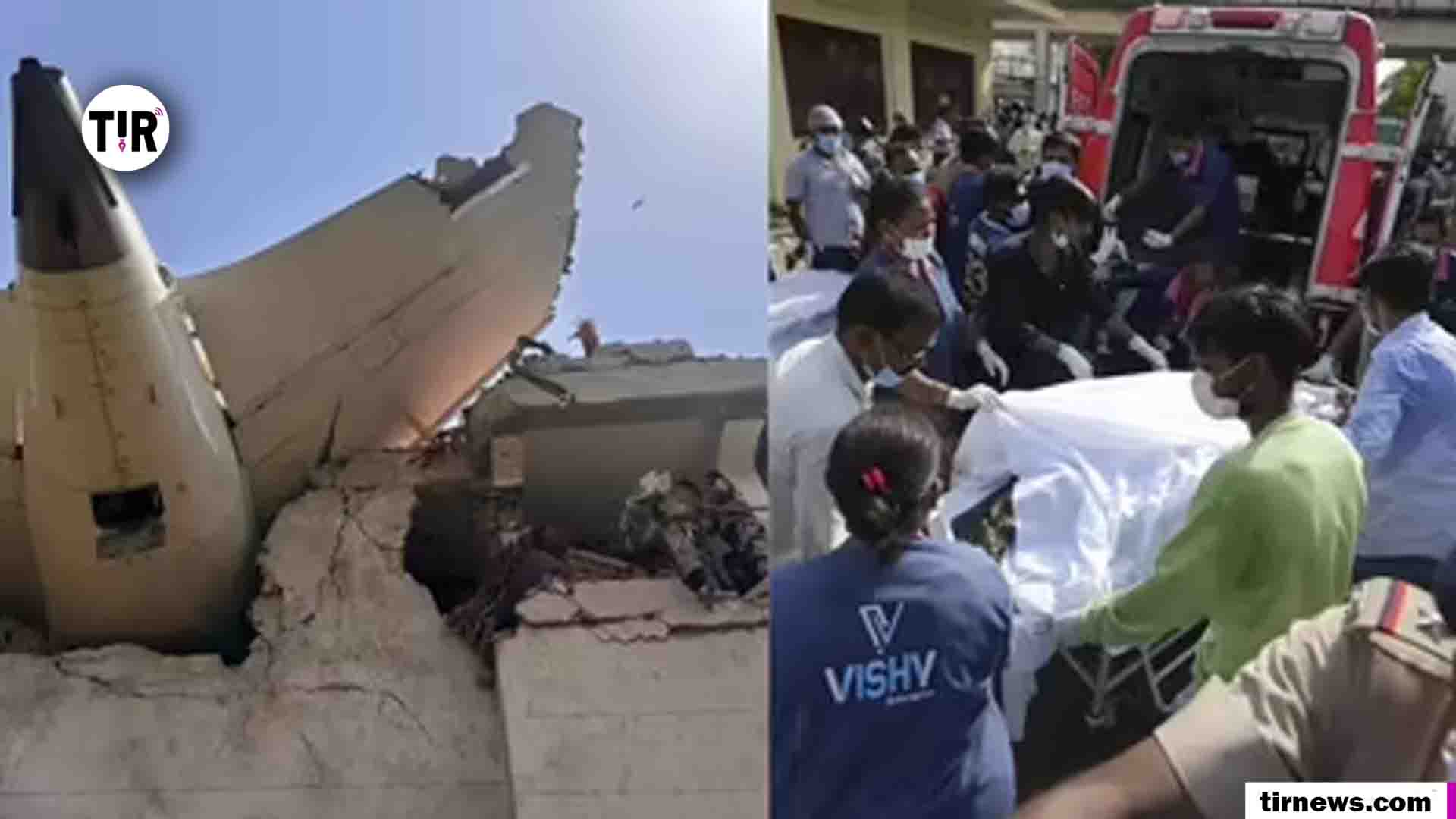India has witnessed several devastating air crashes over the decades, some involving mid-air collisions, others linked to challenging tabletop runways, causing significant loss of life and reshaping aviation safety protocols in the country.
One of the worst tragedies occurred in 1978, when an Indian Airlines Boeing 737 crashed in Mumbai, killing all 213 on board. Similarly, the Charkhi Dadri mid-air collision in 1996, between a Saudi Arabian Airlines Boeing 747 and a Kazakhstan Airlines Ilyushin Il-76, claimed 349 lives, making it the deadliest mid-air collision in history.
More recently, in 2020, the Air India Express crash in Kozhikode on a tabletop runway claimed 21 lives after the aircraft skidded off the runway during landing. Tabletop runways—runways located on hilltops or elevated terrain—are considered particularly risky due to their limited overrun areas and often unpredictable weather.
The Mangalore air crash in 2010 is another haunting reminder, where an Air India Express flight overshot the runway and burst into flames, killing 158 people.
These accidents have led to significant upgrades in Indian aviation safety, including enhanced pilot training, installation of better navigational aids, and stricter airport infrastructure requirements. However, experts continue to stress the need for vigilance, particularly at airports with difficult terrain and in adverse weather conditions.



